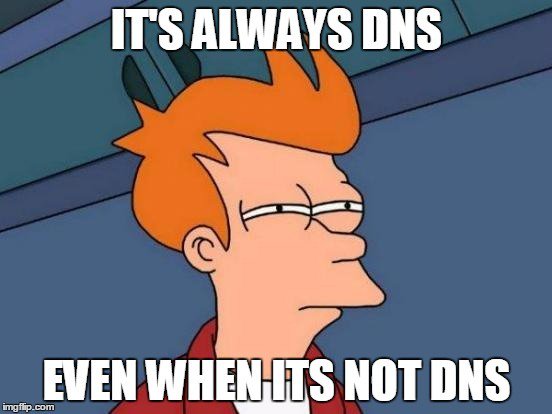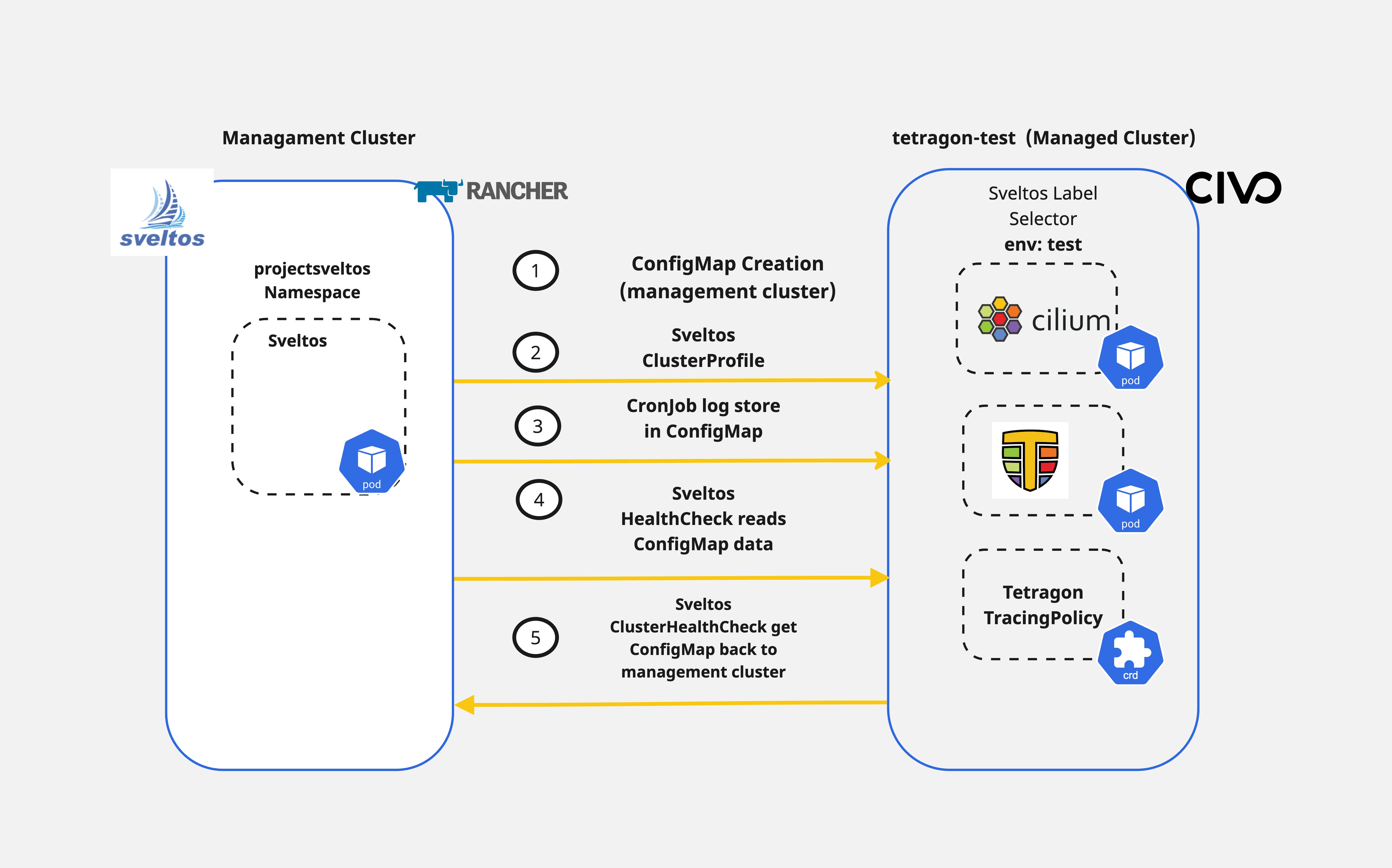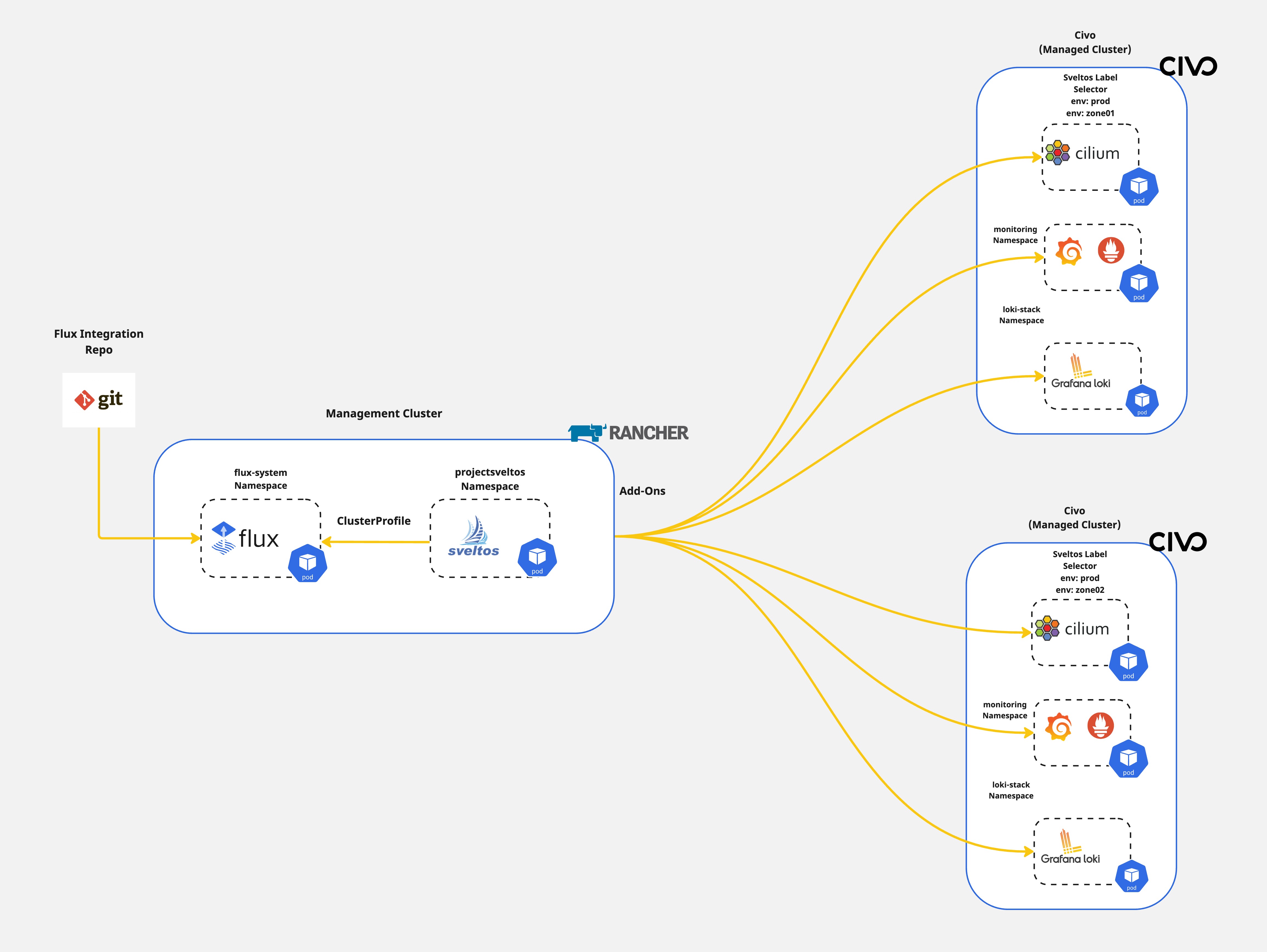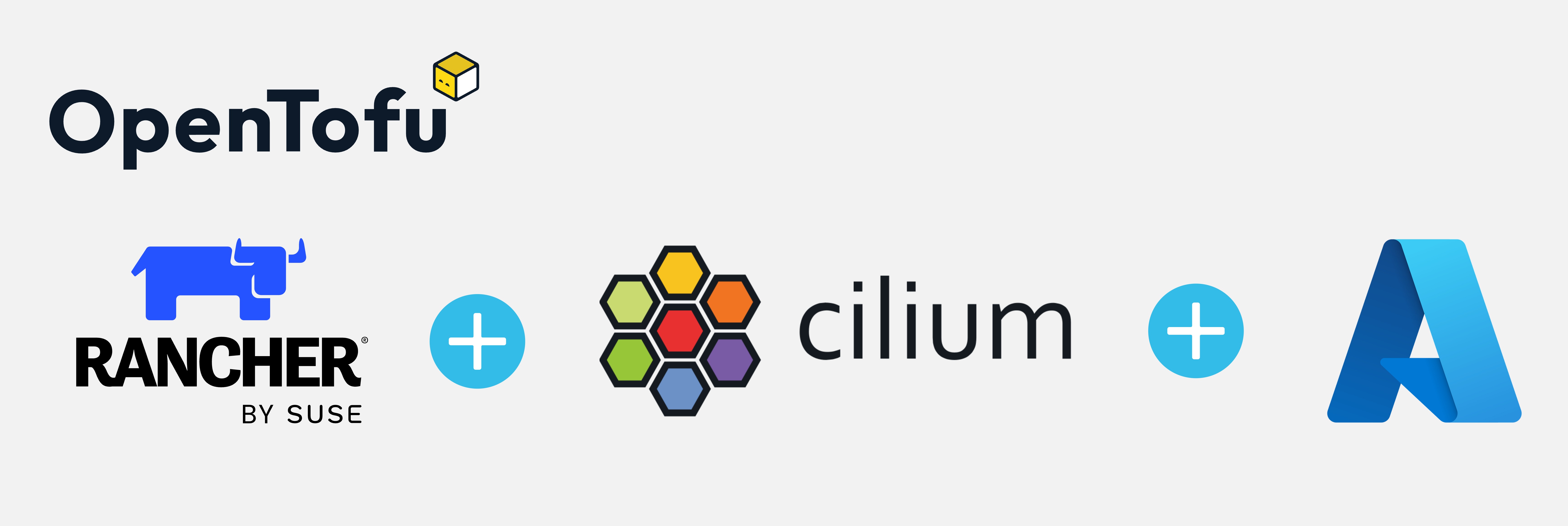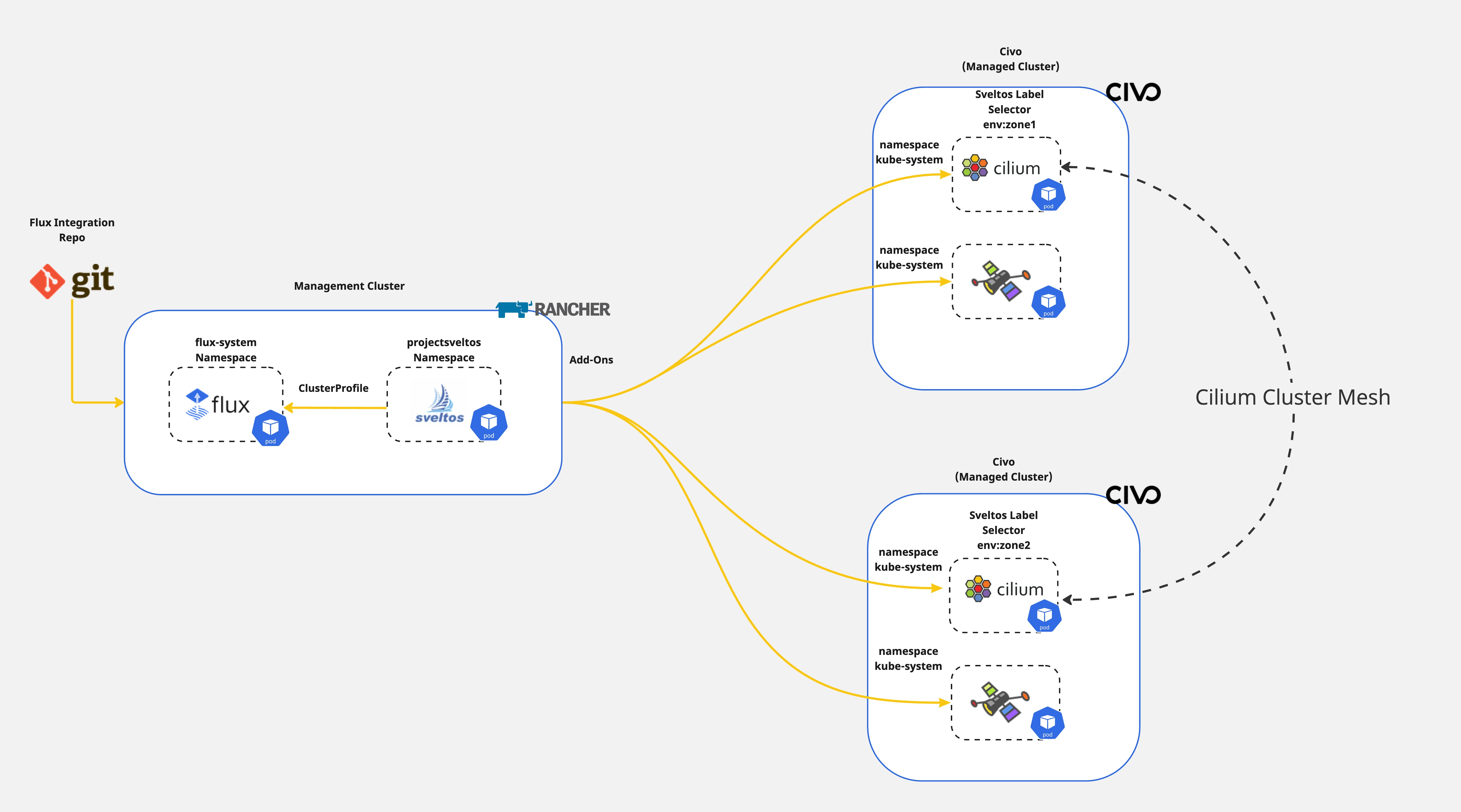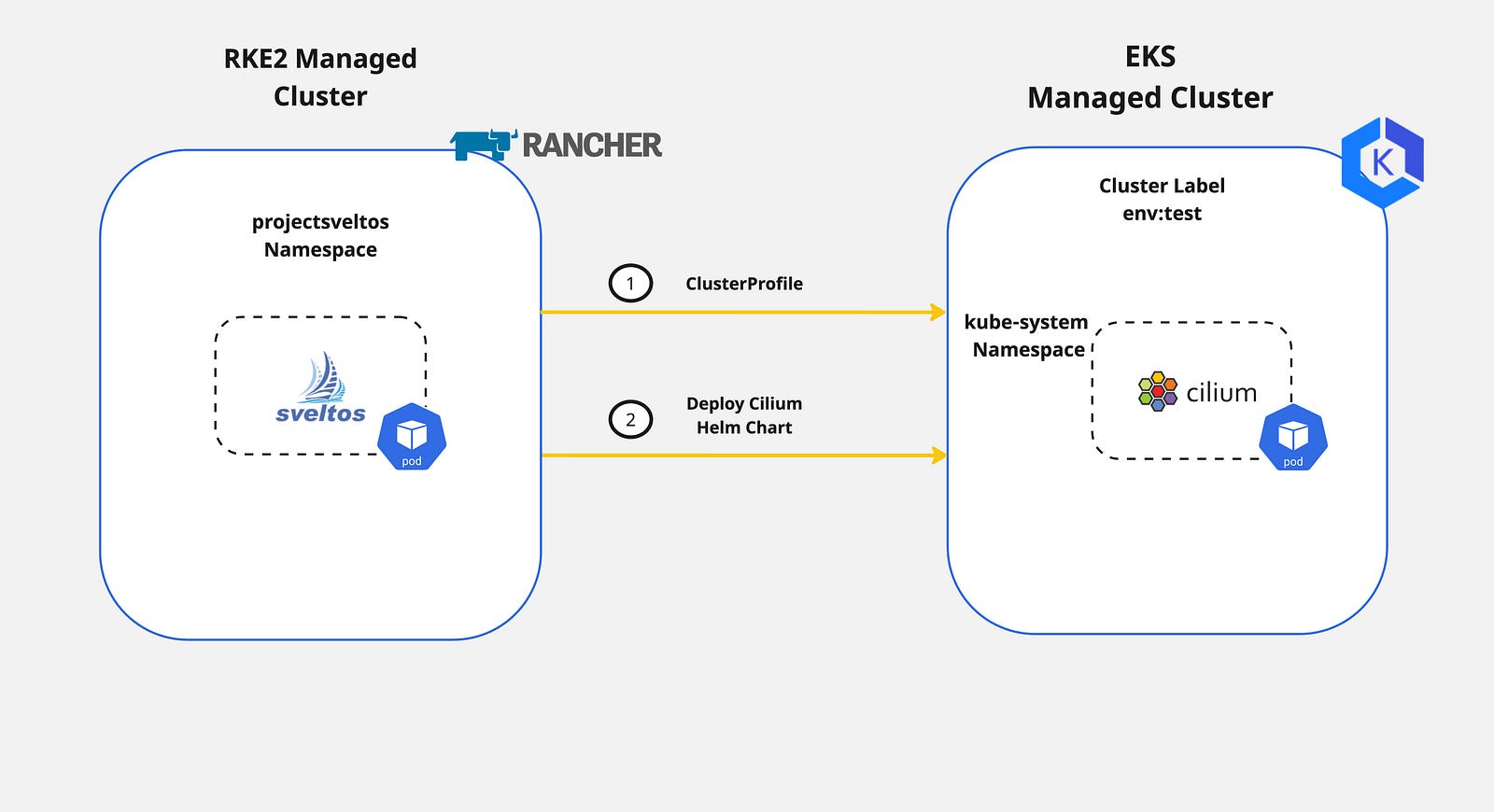K8s Troubleshooting Insights: Looking into CoreDNS Issues
Introduction
Welcome to the the first post of the brand new Kubernetes Troubleshooting Insights section! The series of blog posts will share helpful information and troubleshooting tips for issues that might appear in a Kubernetes environment. The posts are focused on real-life scenarios from either test, staging or production environments.
In today’s blog post, we’ll explore an issue with CoreDNS setup on RKE2 clusters. Cilium CNI with Hubble were enabled for this setup. Let’s jump right in!
